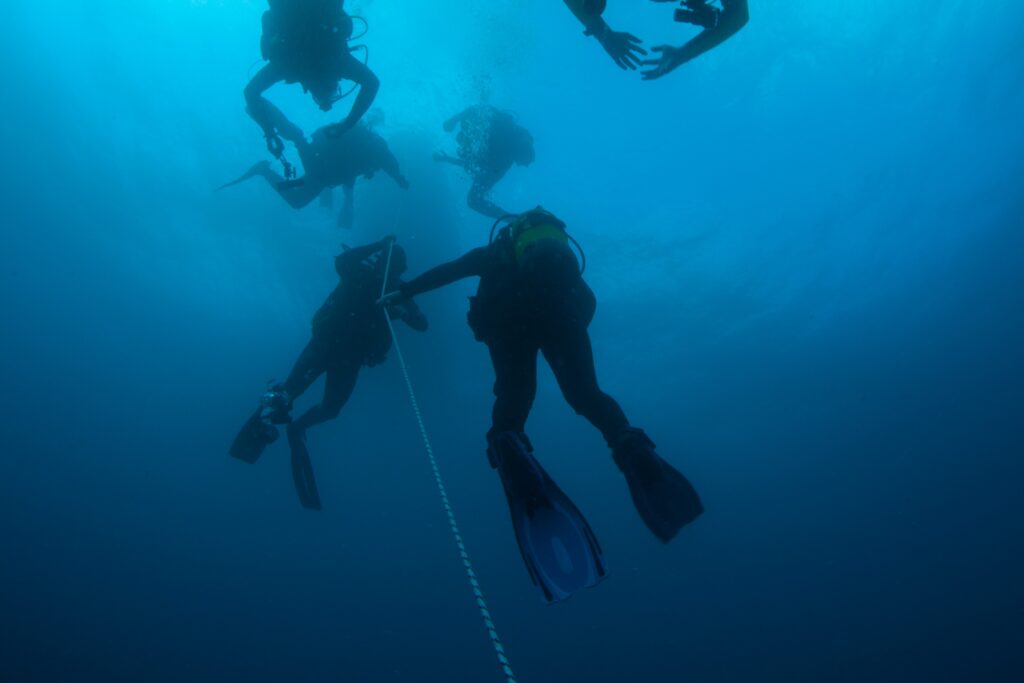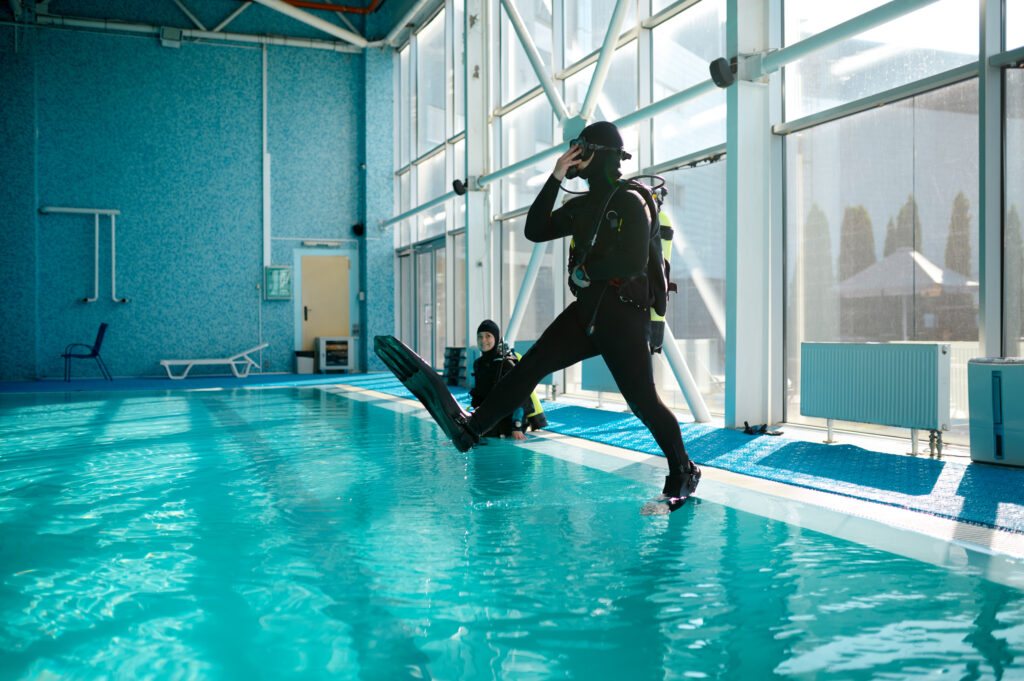10 Things Not to Forget at Home When Packing for Your Next Scuba Diving Trip

Imagine this scenario: you’ve finally arrived at one of the world’s most exquisite diving locations, eager to explore the colorful, vibrant depths below. As you unpack, your heart sinks when you realize that you’ve left a crucial piece of equipment behind. Scuba diving offers an unmatched adventure, plunging into an alien world filled with wondrous marine life and serene, untouched landscapes. However, this thrilling experience requires not just bravery and enthusiasm but meticulous preparation.
What is a Lanyard?

A lanyard in the context of scuba diving is a crucial accessory designed to secure various pieces of diving equipment to a diver’s body or buoyancy compensator device (BCD). These cords, straps, or retractable reels ensure that essential tools such as cameras, flashlights, and dive computers remain attached to the diver, preventing accidental loss in the underwater environment. The importance of a lanyard cannot be overstated, as it contributes significantly to the safety and efficiency of diving operations, providing peace of mind and allowing divers to focus on their underwater activities.
What is Heliox?

Heliox is a breathing gas mixture composed of helium and oxygen, widely used in deep-sea diving due to its unique properties that improve safety and performance under extreme conditions. Unlike standard air, which consists of approximately 78% nitrogen and 21% oxygen, Heliox replaces the nitrogen with helium. This substitution is crucial in mitigating the adverse effects of nitrogen narcosis and oxygen toxicity that divers can experience at greater depths. Heliox has been a game-changer for technical and commercial divers, enabling them to work and explore at depths that would otherwise be highly hazardous.
What is Command Signals?

Command signals are an essential aspect of scuba diving, ensuring effective communication and safety among divers. These signals allow divers to convey critical information without relying on verbal communication, which is impossible underwater due to the limitations of speaking and hearing in such an environment. As diving gained popularity and became more organized, the development and standardization of command signals became crucial for coordinating movements, sharing information, and handling emergencies.
What is a Slate in Scuba Diving?

What is a Slate in Scuba Diving? The word “slate” might call to mind the traditional writing surfaces used by schoolchildren of the past, yet in the context of scuba diving, the term refers to a robust tool fundamental to underwater communication. A scuba diving slate is a rigid plastic tablet that divers use to […]
What is Blind Traverse?

What is Blind Traverse? A blind traverse, a challenging and exhilarating aspect of scuba diving, occurs when a diver navigates through a cave from one entrance to a different, unfamiliar exit. This type of diving requires specialized skills, training, and equipment to ensure the safety and success of the diver. In this entry, we will […]
What is Wreck Diving?

What is Wreck Diving? Wreck diving is a specialized form of scuba diving that involves exploring natural or man-made shipwrecks underwater. Divers are drawn to these submerged vessels for various reasons, such as the thrill of adventure, the opportunity to discover historical artifacts, or the chance to witness unique marine life that inhabits these artificial […]
